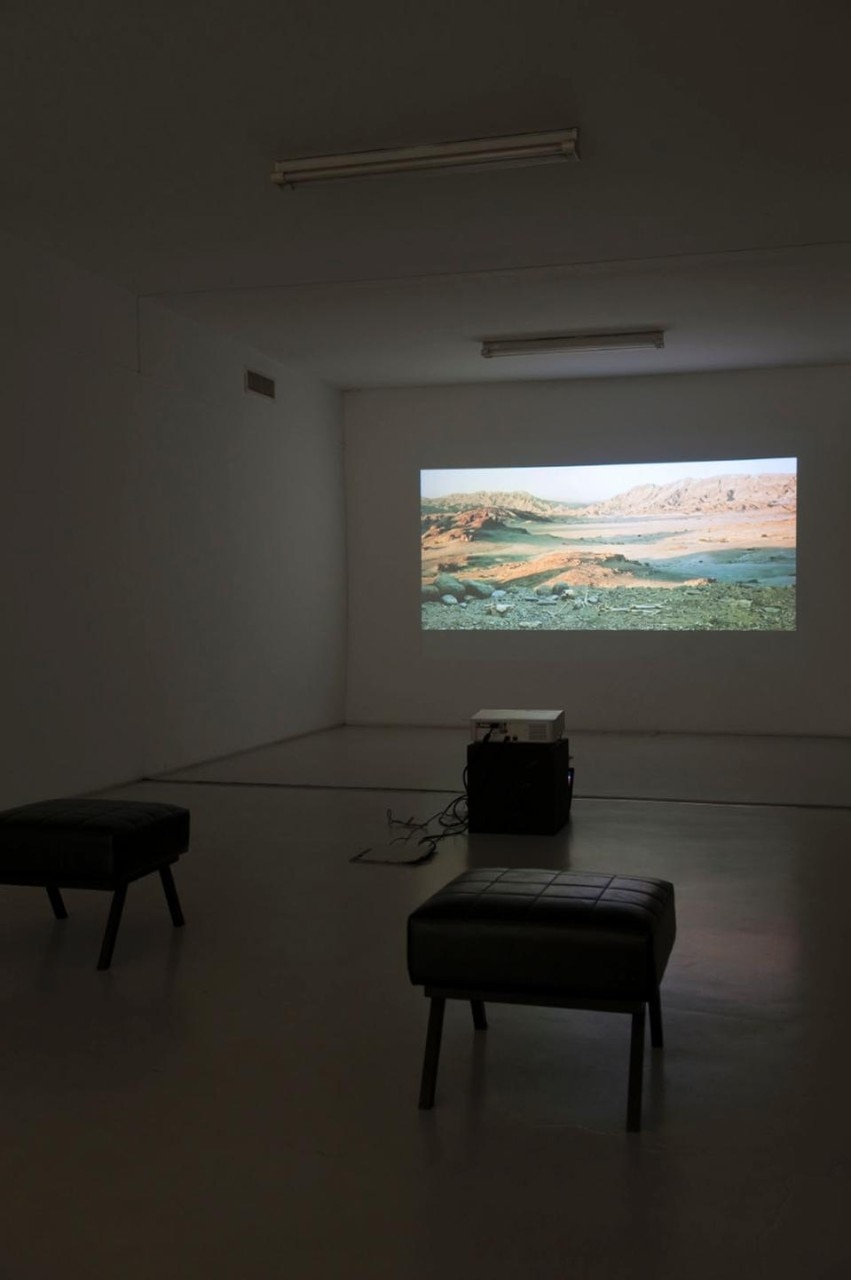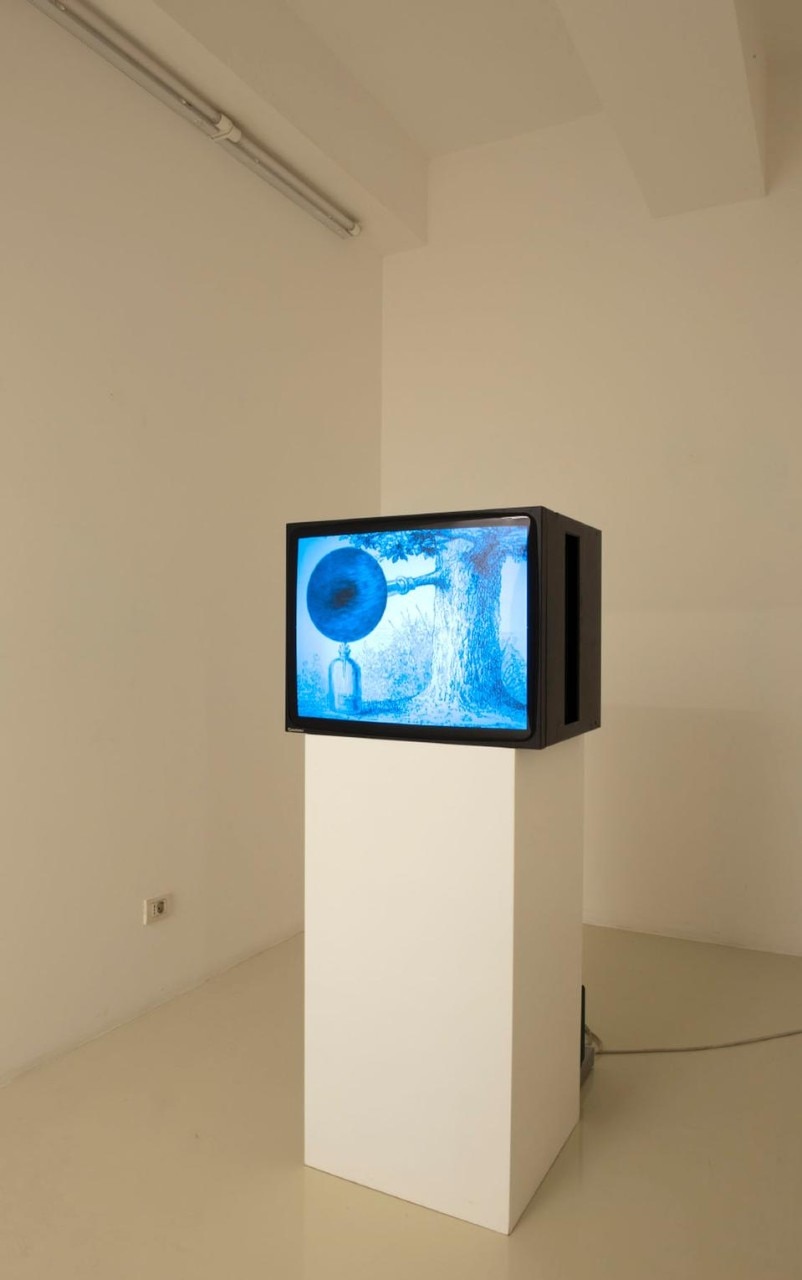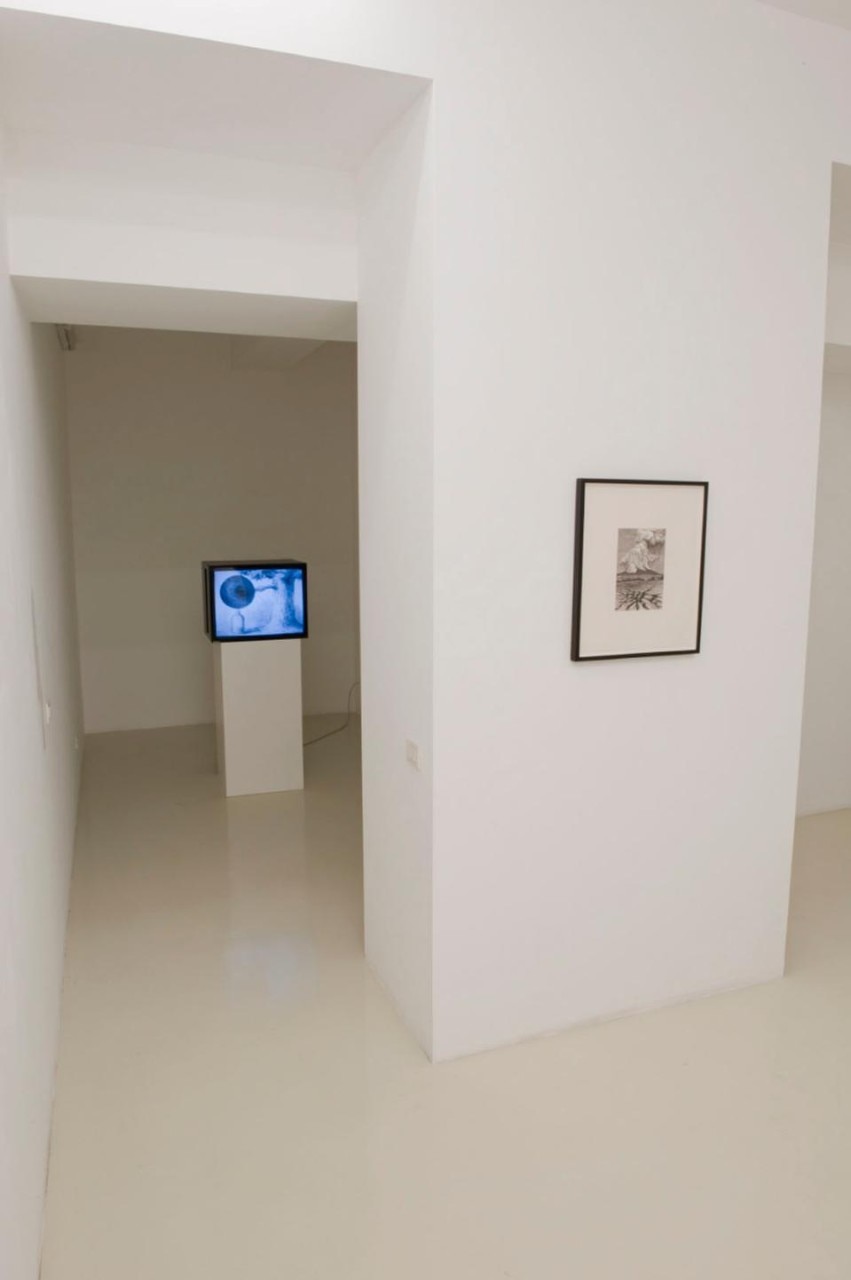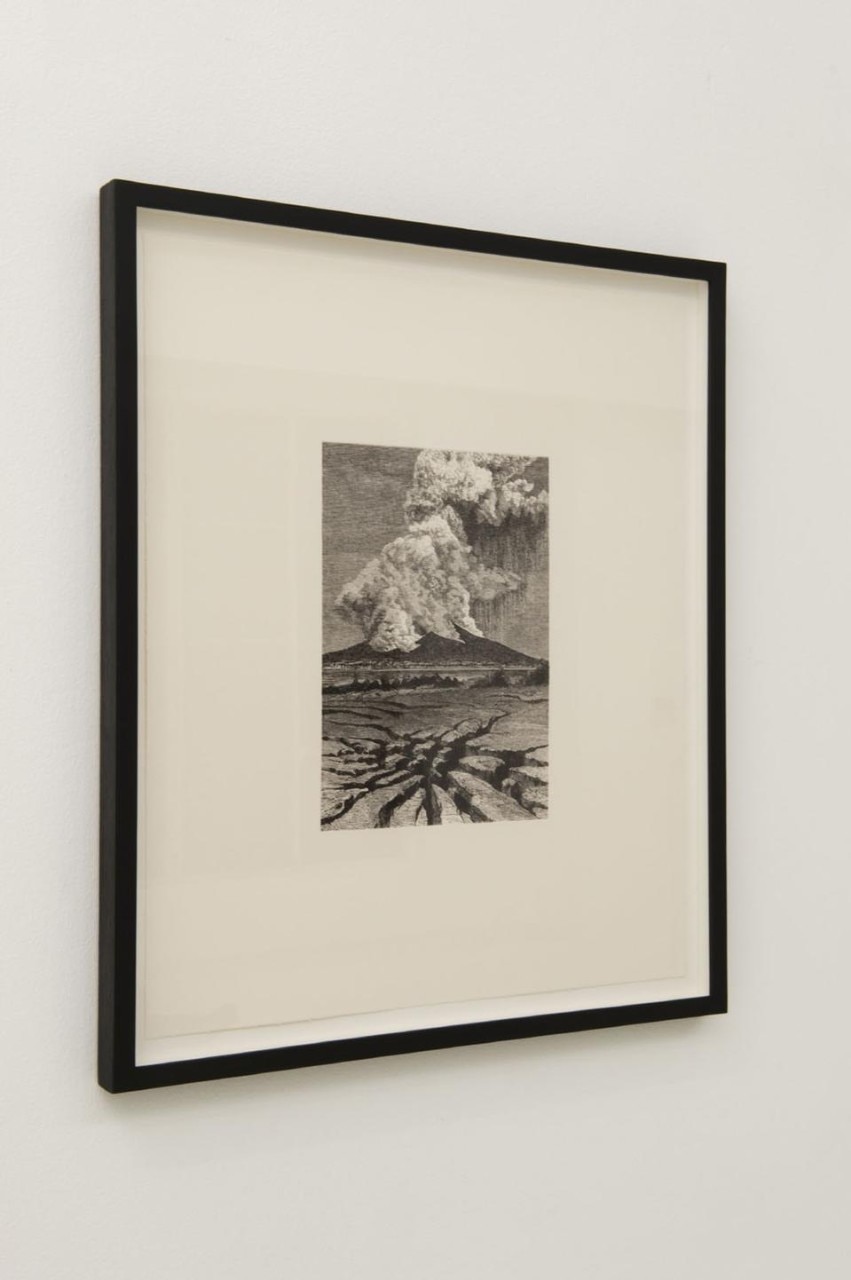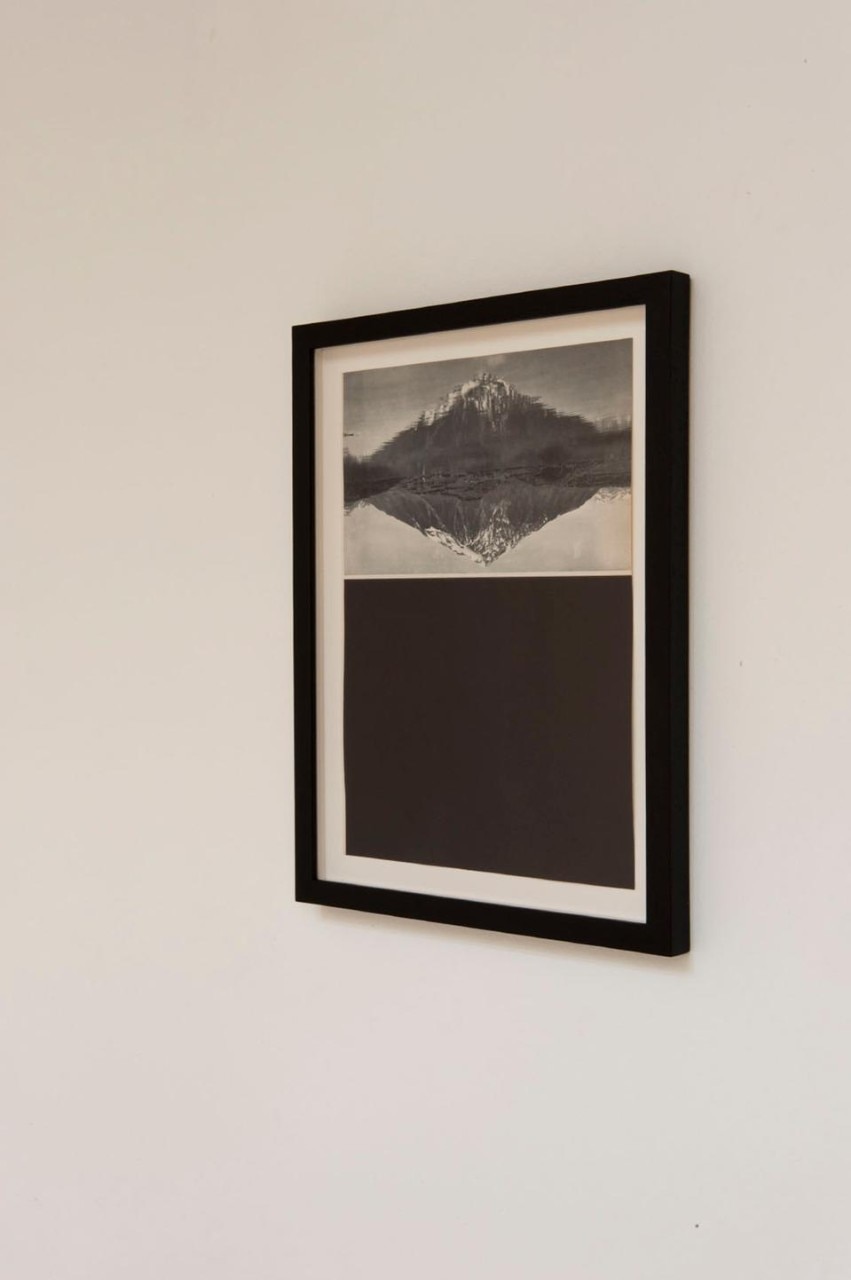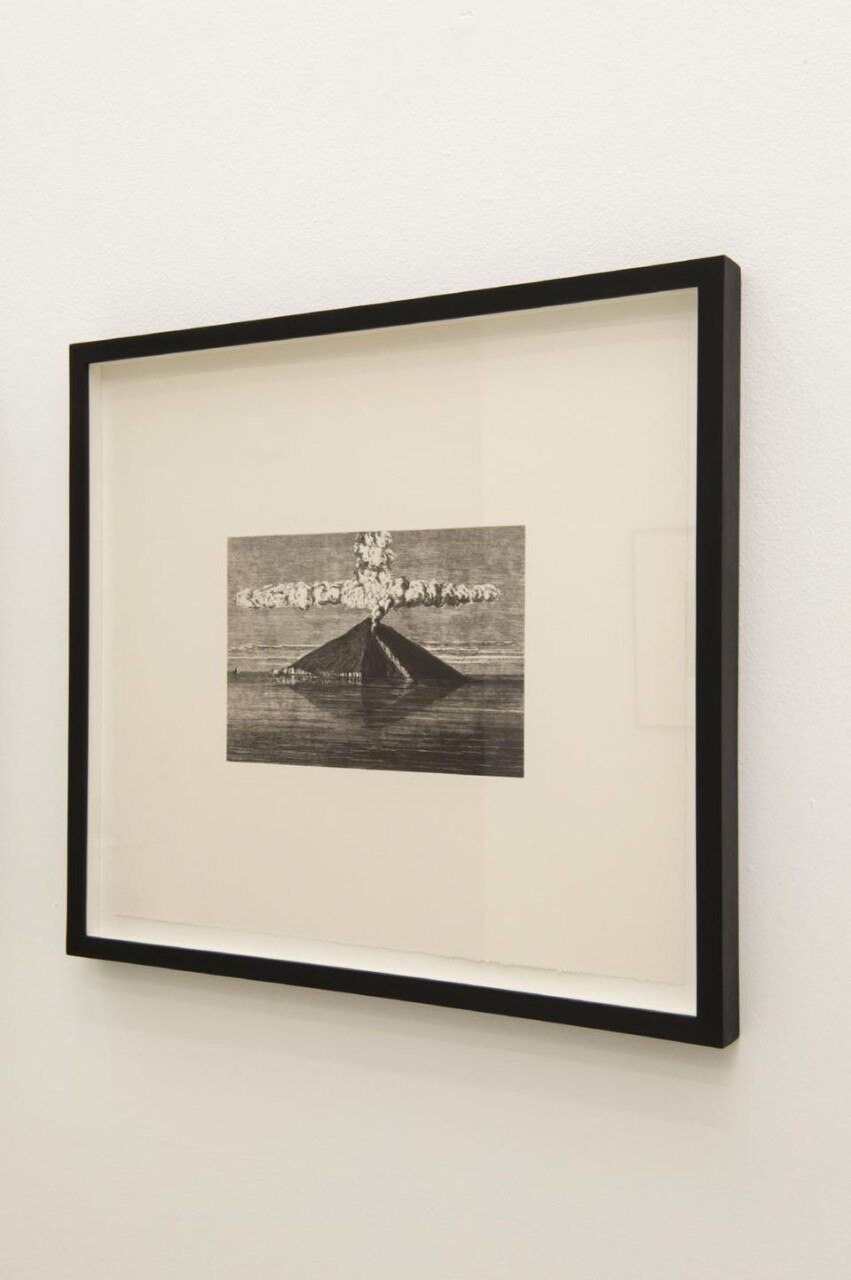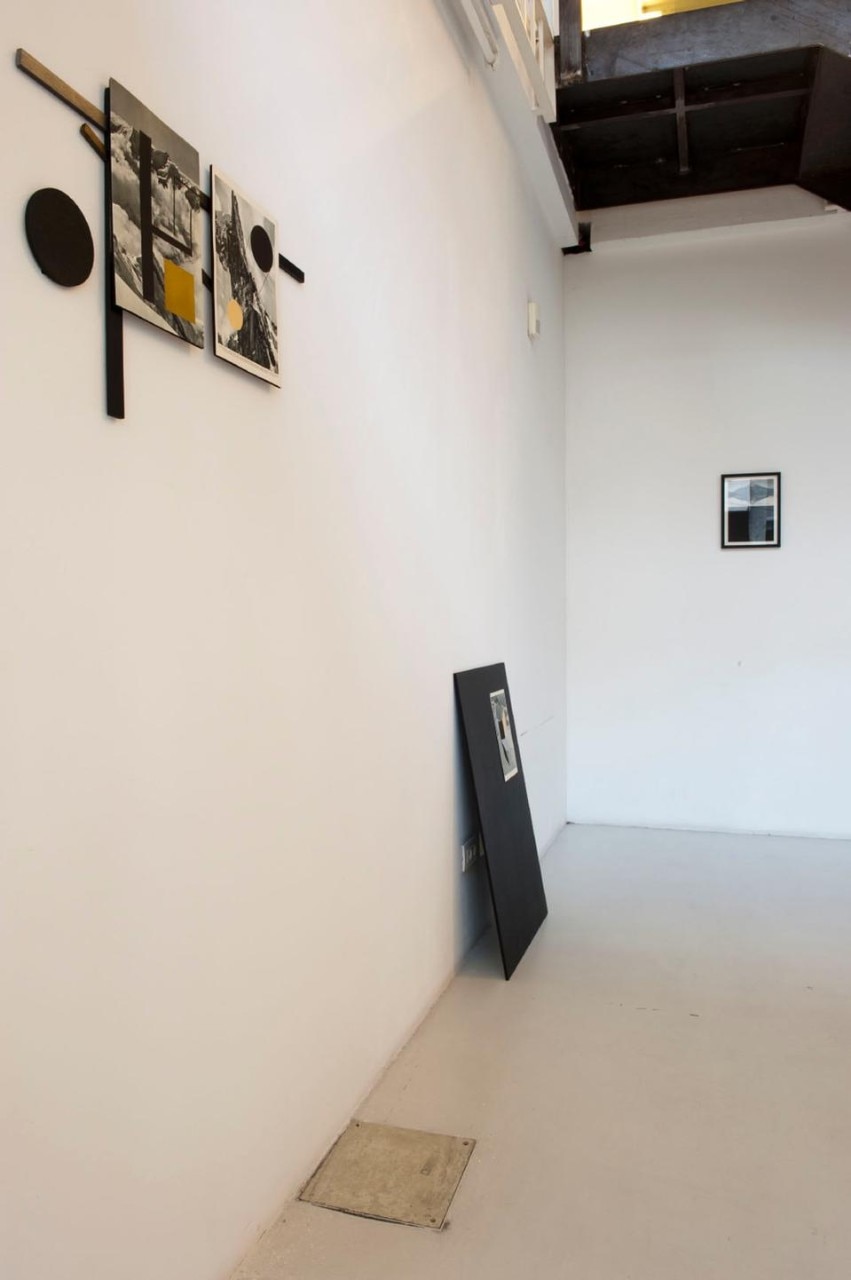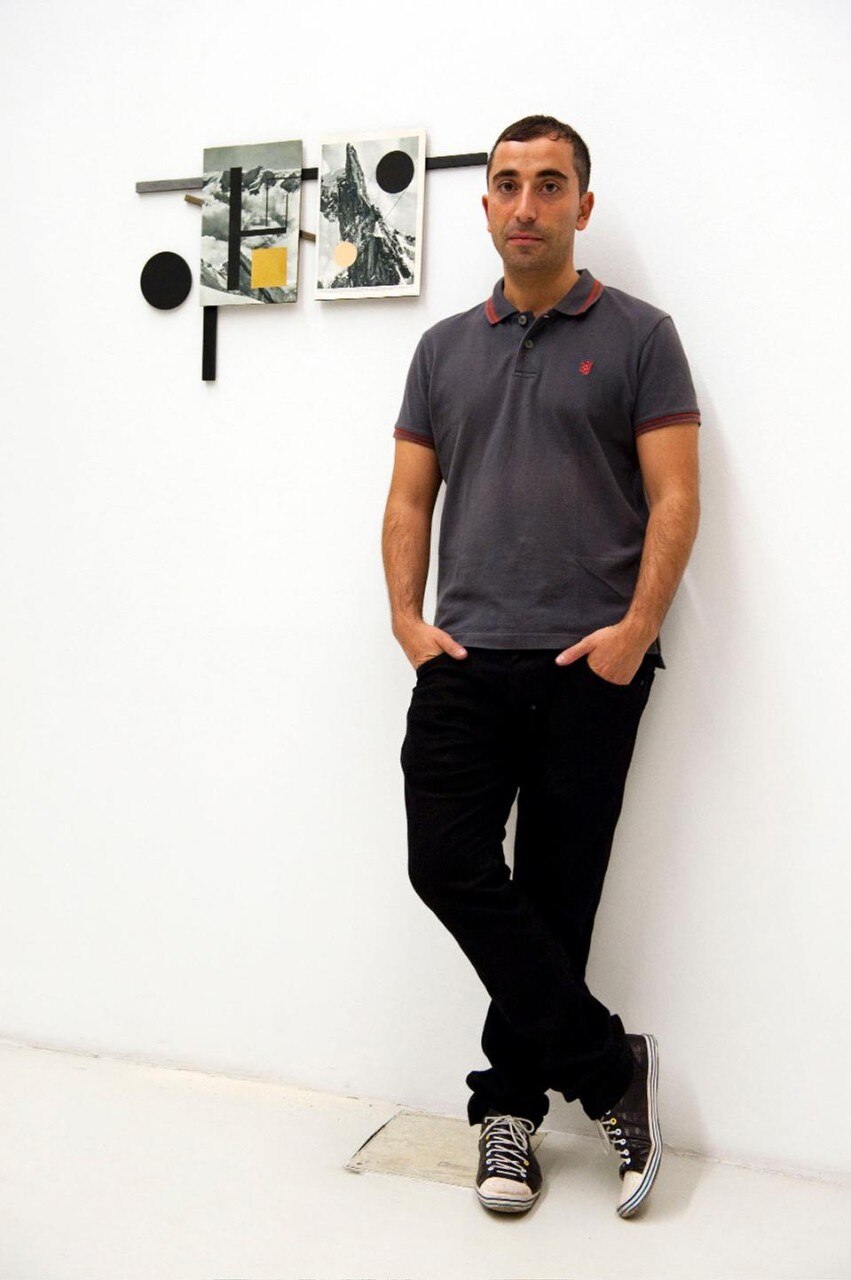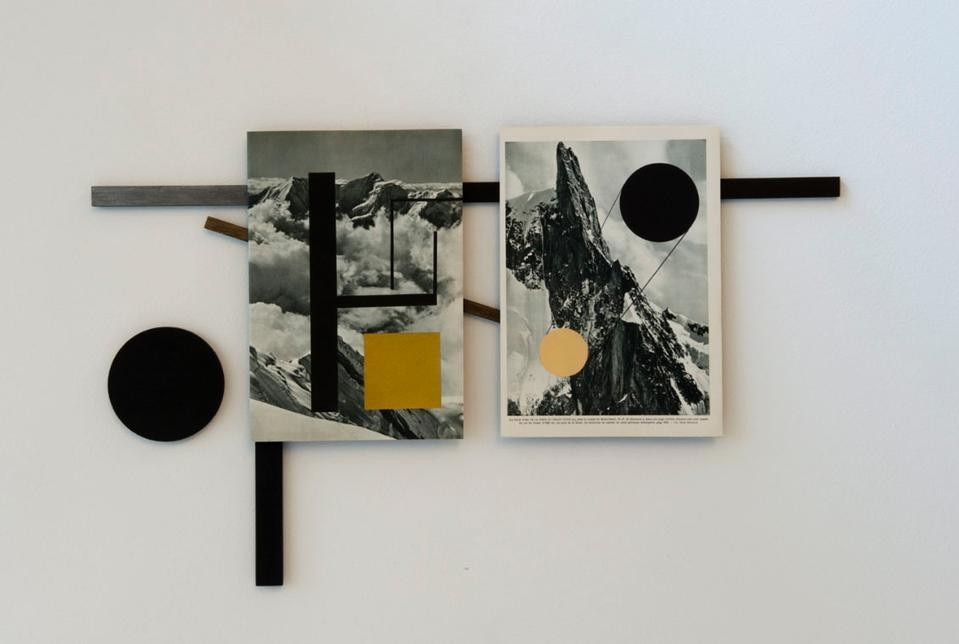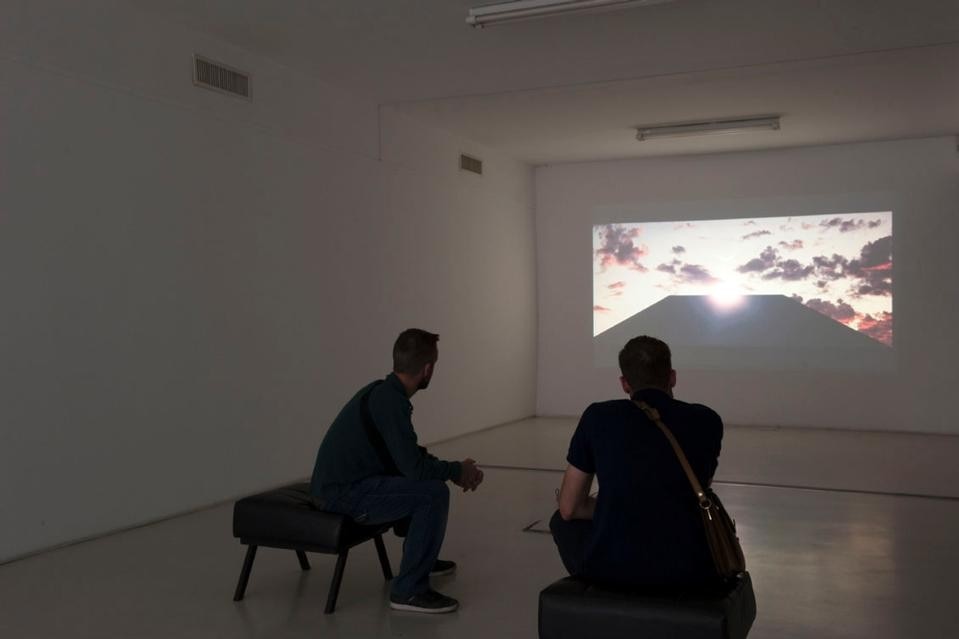Salvatore Arancio: I remember seeing Stanley Kubrick’ s 2001: A Space Odyssey as a child and not getting any of it, but nevertheless the film left me with a profound and puzzled memory. Watching the film many years later, it still leaves me questioning its readings and wondering about different possible interpretations. I believe one of the film’s strengths lies in its ambiguous open narrative, emphasized by the director’s sporadic use of dialogue. I’m also fascinated by the way in which Kubrick skillfully plays with ideas of stillness and time, blending and pushing the boundaries of cinematographic and photographic languages.
In particular, I felt strongly connected to the landscapes in the first part of the film, entitled The Dawn of Man. The sequence opens with a series of views of a dry, inhospitable region of Africa. The settings are bleak and timeless; they could be seen as a representation of what is past, or passing, or to come, similar to the type of landscape presented in my ongoing series of etchings. (…)
I decided I wanted to work with those images. After some initial experiments, I came to the conclusion of focusing on the landscape and getting rid of the animal characters, although they seem extremely poignant in the narrative of Kubrick’s Odyssey. So I went through a lengthy, frame-by-frame process of removing the animals through digital means, while keeping the sound and just manipulating it at times in order to suggest elements of a past presence. The name Sentinel comes from the sci-fi short story written by Arthur Clarke, who co-authored 2001: A Space Odyssey with Kubrick.
Towards the end of the 10-minute video, we are confronted with the monolith, whose hard geometric shape and black impenetrable surface contrasts with the harsh natural forms of the landscape. The monolith is perfect and because of that, incomprehensible; it creates a sense of uneasiness in the viewer, a mix of fear and attraction, a combination that I keep looking out for throughout my work. (…)
CR: Who has influenced your work with collage and what are you trying to achieve with this particular medium, one which seems quite present in contemporary art discourse?
SA: I have been interested in collage since my early studies with photography, as in the case of the Victorian “combination printing” technique or the work created by Bauhaus and Constructivist artists like Rodchenko or Moholy-Nagy. I am fascinated by how images and symbols are reinvented and acquire a completely different meaning through a rather simple intervention. However, I consider collage almost as an act of violence, where different images are put together and then destroyed in order to create new ones. To exist again, those images have to be re-composed. I think of it as a form of representation of reality that still retains the inherited memory of what was there before, the images’ past existence.
I see this series of collages as a way to play with images, shapes and symbols using found geological illustrations of epic visual quality as a starting point. I want to create juxtapositions that aim to be precise and at the same time overwhelming. The series also tries to establish and question oppositions between order and chaos and to suggest a sense of human inefficacy against nature. (…)
CR: Can you tell me, on a more technical level, how you work with digital animations and photo-etchings?
SA: With the photo-etchings, the process normally starts by collecting illustrations found in 19th century geological books, which I then combine and digitally reprocess, thus shifting their original setting and narrative. The final images are created through a printing technique called photo-etching, a combination of the two media, which allows me to convert the images back to their original form. My titles are created using an archive of sentences collected from books on geology, so while they seem to refer directly to the images, they are actually made up and foster a sense of misunderstanding.
The animations came as a direct development from my etching series. Animation seemed like the most appropriate technique, because of the endless possibilities it offers for visual representation and its odd relationship to reality. The animations I’ve made so far combine found 19th century scientific etchings of landscapes with footage I create from elements of my journeys or other material that I’ve been drawn to. These illustrations have been taken out of their original context to be digitally reprocessed in such a way as to induce subjective reflections on destructive natural phenomena.
